Top Rankings
Holy Hill Area School District ranks among the top 20% of public school district in Wisconsin for:
Category
Attribute
Overall Rank
Highest overall rank (Top 5%)
Math Proficiency
Highest math proficiency (Top 10%)
Reading/Language Arts Proficiency
Highest reading/language arts proficiency (Top 5%)
Science Proficiency
Highest science proficiency (Top 5%)
Student Attention
Lowest student:teacher ratio (Top 1%)
For the 2025 school year, there is 1 public preschool serving 292 students in Holy Hill Area School District. This district's average pre testing ranking is 8/10, which is in the top 30% of public pre schools in Wisconsin.
Public Preschool in Holy Hill Area School District have an average math proficiency score of 57% (versus the Wisconsin public pre school average of 41%), and reading proficiency score of 47% (versus the 37% statewide average).
Minority enrollment is 9% of the student body (majority Asian), which is less than the Wisconsin public preschool average of 38% (majority Hispanic and Black).
Overview
This School District
This State (WI)
# Schools
2 Schools
1,032 Schools
# Students
476 Students
339,535 Students
# Teachers
42 Teachers
24,694 Teachers
Student : Teacher Ratio
11:1
11:1
District Rank
Holy Hill Area School District, which is ranked within the top 5% of all 444 school districts in Wisconsin (based off of combined math and reading proficiency testing data) for the 2021-2022 school year.
Overall District Rank
#18 out of 450 school districts
(Top 5%)
(Top 5%)

Math Test Scores (% Proficient)
62%
39%
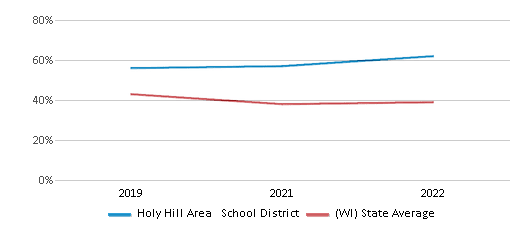
Reading/Language Arts Test Scores (% Proficient)
65%
38%
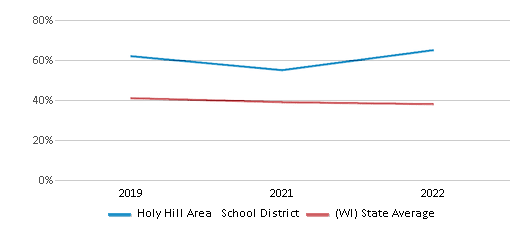
Science Test Scores (% Proficient)
70-74%
44%

Students by Ethnicity:
Diversity Score
0.16
0.58
# American Indian Students
n/a
3,435 Students
% American Indian Students
n/a
1%
# Asian Students
13 Students
15,647 Students
% Asian Students
3%
5%
# Hispanic Students
6 Students
52,197 Students
% Hispanic Students
1%
15%
# Black Students
5 Students
39,149 Students
% Black Students
1%
11%
# White Students
437 Students
209,143 Students
% White Students
92%
62%
# Hawaiian Students
n/a
297 Students
% Hawaiian Students
n/a
n/a
# Two or more races Students
15 Students
19,658 Students
% of Two or more races Students
3%
6%
Students by Grade:
# Students in PK Grade:
48
50,321
# Students in K Grade:
46
44,890
# Students in 1st Grade:
52
45,508
# Students in 2nd Grade:
47
45,837
# Students in 3rd Grade:
48
43,291
# Students in 4th Grade:
51
42,370
# Students in 5th Grade:
56
35,557
# Students in 6th Grade:
41
11,124
# Students in 7th Grade:
48
7,438
# Students in 8th Grade:
39
7,747
# Students in 9th Grade:
-
1,444
# Students in 10th Grade:
-
1,335
# Students in 11th Grade:
-
1,345
# Students in 12th Grade:
-
1,328
# Ungraded Students:
-
-
District Revenue and Spending
The revenue/student of $18,153 is higher than the state median of $17,039. The school district revenue/student has grown by 7% over four school years.
The school district's spending/student of $15,929 is less than the state median of $17,011. The school district spending/student has grown by 7% over four school years.
Total Revenue
$9 MM
$13,869 MM
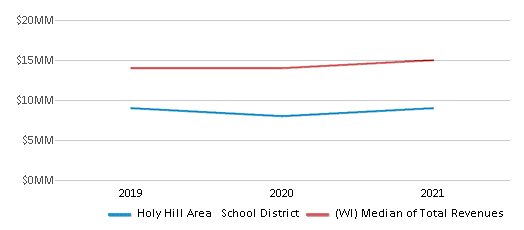
Spending
$8 MM
$13,846 MM
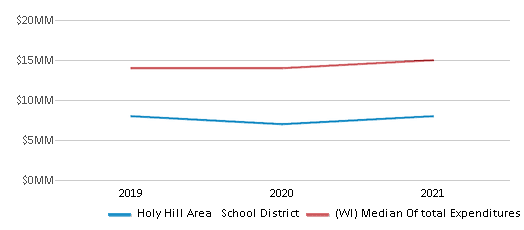
Revenue / Student
$18,153
$17,039

Spending / Student
$15,929
$17,011
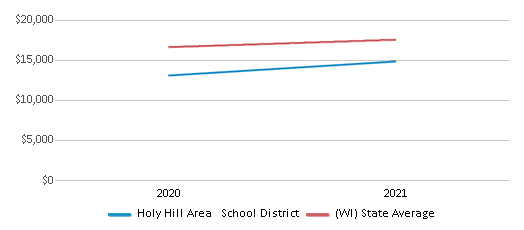
Best Holy Hill Area School District Public Preschools (2025)
School
(Math and Reading Proficiency)
(Math and Reading Proficiency)
Location
Grades
Students
Rank: #11.
Friess Lake Elementary School
(Math: 55-59% | Reading: 45-49%)
Rank:
Rank:
9/
Top 20%10
1750 State Road 164
Hubertus, WI 53033
(262) 628-2380
Hubertus, WI 53033
(262) 628-2380
Grades: PK-4
| 292 students
Recent Articles

Year-Round Or Traditional Schedule?
Which is more appropriate for your child? A year-round attendance schedule or traditional schedule? We look at the pros and cons.

Why You Should Encourage Your Child to Join a Sports Team
Participating in team sports has a great many benefits for children, there is no doubt. In this article you will learn what those benefits are.

White Students are Now the Minority in U.S. Public Schools
Increasing birth rates among immigrant families from Asia and Central and South America, combined with lower birth rates among white families, means that for the first time in history, public school students in the United States are majority-minority. This shift in demographics poses difficulties for schools as they work to accommodate children of varying language abilities and socio-economic backgrounds.





